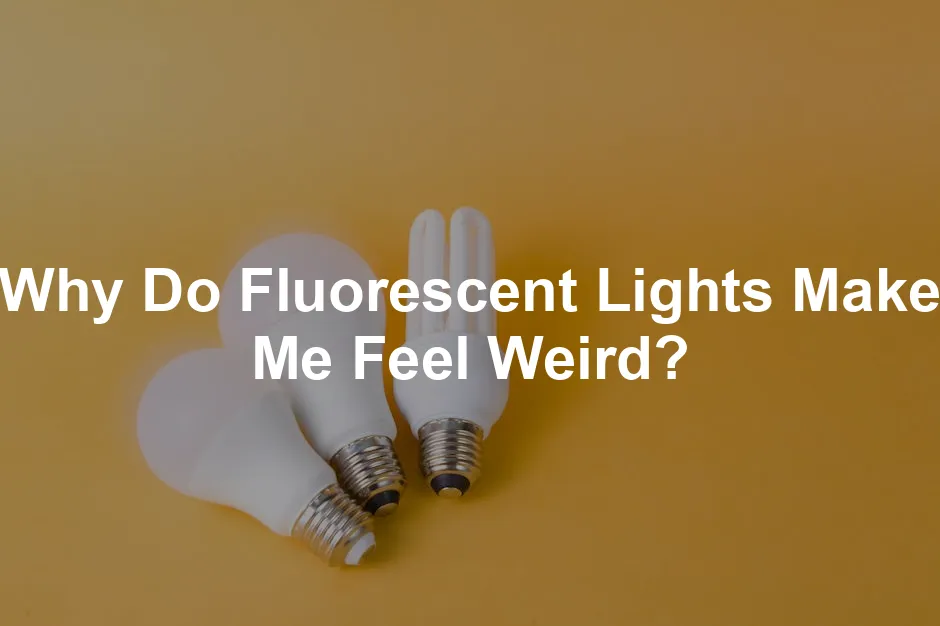
Why Do Fluorescent Lights Make Me Feel Weird?
Introduction
Fluorescent lights are everywhere! You see them in offices, schools, and stores. While they help us see, many people report feeling uncomfortable under these lights. Symptoms can range from headaches to anxiety. This article aims to uncover why fluorescent lights cause these feelings and suggest ways to feel better.
Summary and Overview
In this section, we’ll explore several key points. First, we’ll discuss how fluorescent lights work and their impact on our perception. You’ll learn about common symptoms that people experience when they’re sensitive to these lights. Additionally, we’ll examine links between fluorescent lighting and various medical conditions, like migraines and anxiety disorders. Finally, we’ll provide practical solutions to manage discomfort. Understanding these effects is crucial for improving your quality of life.But before we dive into the nitty-gritty of fluorescent lights, have you considered the impact of blue light on your life? Protect your peepers with a pair of Blue Light Blocking Glasses. They filter out the harsh blue light that can cause digital eye strain and headaches, making your screen time a lot more enjoyable!
Understanding the link between fluorescent lighting and headaches can help individuals manage their symptoms better.

Understanding Fluorescent Lights
What Are Fluorescent Lights?
Fluorescent lights use gas and phosphor to create light. They’re often found in homes, workplaces, and public spaces due to their energy efficiency. Compared to incandescent bulbs, which produce warm light, fluorescent lights emit a cooler, harsher glow. This difference can contribute to discomfort for some individuals. LEDs are another popular option, offering a broader spectrum of light without the flicker associated with fluorescents. Understanding these differences can help you make better choices about your lighting environment.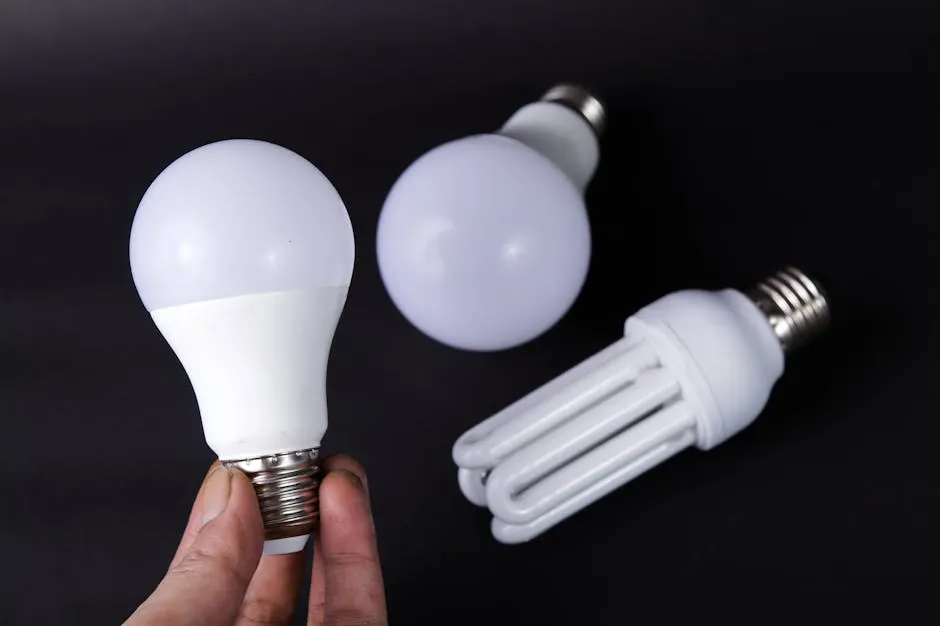
Speaking of lighting, if you’re looking to enhance your workspace, consider investing in a LED Desk Lamp. They provide adjustable brightness levels and can help reduce eye strain, making your work sessions a lot more comfortable!
How Fluorescent Lights Work
Fluorescent lights operate using a simple mechanism. They contain gas that, when electrified, produces ultraviolet light. This light then excites phosphor coatings inside the bulb, emitting visible light. Unlike incandescent bulbs, fluorescent lights are more energy-efficient and last longer. The light spectrum from fluorescent bulbs differs significantly from natural sunlight. They emit a narrow range of wavelengths, particularly in the blue light spectrum. This can make the light appear harsher and more glaring to our eyes. Many fluorescent bulbs also have a color temperature that leans toward cool tones, contributing to the uncomfortable feeling some people experience.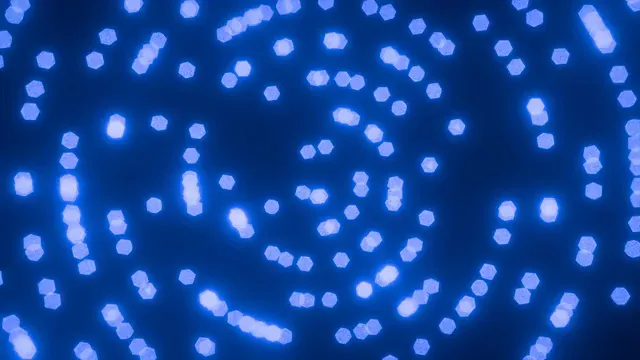
Symptoms of Fluorescent Light Sensitivity
Common Symptoms
Many people experience various symptoms when exposed to fluorescent lights. Eye strain is one of the most common complaints. This discomfort can manifest as pain, redness, or dryness. Often, people find it challenging to focus for extended periods under these lights. Headaches and migraines are also frequently reported. Research indicates that fluorescent lighting can trigger or worsen headaches in sensitive individuals. The harshness of the light, combined with flickering, can lead to intense pain.
The Role of Blue Light
Blue light is a significant factor in the discomfort associated with fluorescent lights. This type of light has a shorter wavelength and can scatter easily. Research shows that excessive exposure to blue light can lead to digital eye strain and disrupt sleep patterns.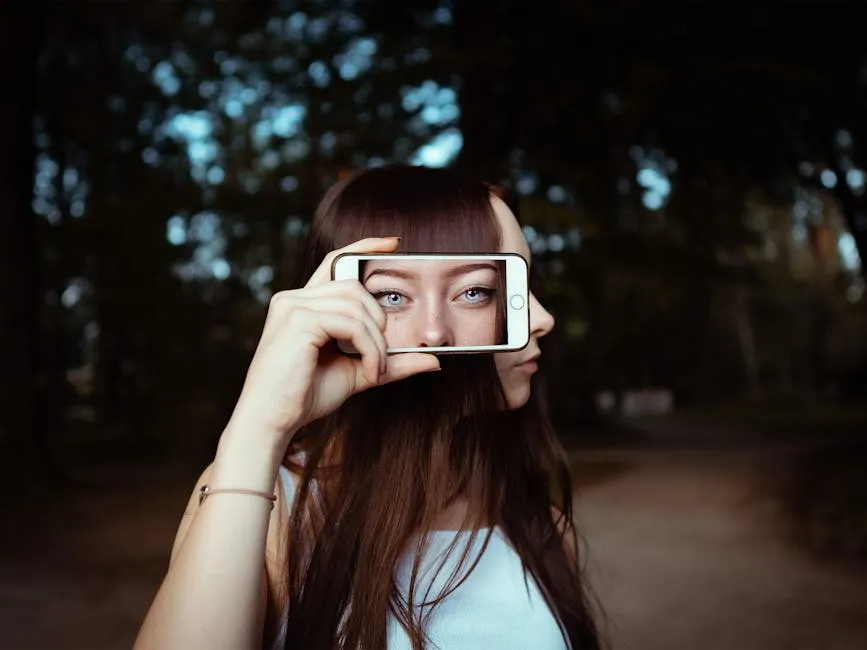
Photophobia and Its Connection to Fluorescent Lights
Photophobia is more than just discomfort; it’s an actual sensitivity to light. This condition can make bright lights feel unbearable. Fluorescent lights, in particular, often trigger these reactions. The harshness and flicker of these lights can cause significant distress for those affected. Many people with migraines or anxiety disorders notice that fluorescent lights worsen their symptoms. Migraines can heighten light sensitivity, making photophobia even more pronounced. Anxiety disorders can amplify this effect, too, turning a simple trip to the store into a stressful ordeal.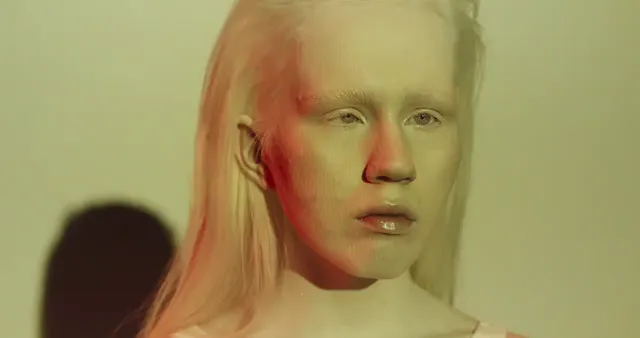
The Science Behind the Discomfort
Neurological Responses to Fluorescent Lighting
Your brain processes light in complex ways. When exposed to fluorescent lighting, it can become overstimulated. This overstimulation can result in discomfort, eye strain, and headaches. Research shows that the flickering of fluorescent lights, even if imperceptible, can impact how your brain reacts. Studies have linked this flickering to increased neurological symptoms, suggesting a clear connection between certain lights and discomfort. One key finding is that fluorescent lights emit a higher intensity of blue light. This blue light can trigger headaches and migraines in sensitive individuals. Studies indicate that the brain’s response to bright light can lead to feelings of anxiety and disorientation.
The Impact on Mental Health
Prolonged exposure to fluorescent lights can affect mental health. Many people report feeling anxious or depressed in brightly lit environments. Studies have shown a connection between fluorescent lighting and mood disorders. The harshness of the light can lead to feelings of stress and irritability. Additionally, individuals with existing mental health conditions may find their symptoms intensifying under fluorescent lights. The discomfort caused by these lights can create a cycle of anxiety and avoidance. This can severely impact daily activities and overall well-being. Understanding these connections is crucial for finding effective ways to manage light sensitivity and improve your environment.
Ways to Manage Fluorescent Light Sensitivity
Tips for Individuals
If fluorescent lights make you feel uncomfortable, there are ways to ease your discomfort. One effective method is to wear specialized glasses. These glasses can filter out harsh light and reduce glare, making your environment more tolerable. Using screens and filters on your devices can also help. Blue light filters can minimize exposure and lessen strain on your eyes. Consider taking regular breaks in natural light. Stepping outside for a few minutes can refresh your eyes and improve your mood. Creating a personal comfort zone is key. You might find wearing a wide-brimmed hat indoors helpful. It can shield your eyes from overhead glare and provide some relief.
And while you’re at it, how about enhancing your relaxation routine with a Weighted Blanket? They provide comforting pressure that can help reduce anxiety and improve your sleep quality. Who doesn’t love a good snuggle with a blanket that feels like a warm hug?
Workplace Solutions
Employers can play a significant role in creating a comfortable work environment. One simple modification is to switch to dimmable lighting. This allows employees to adjust light levels to their preferences. Installing diffusers on fluorescent lights can soften the harshness. These diffusers can distribute light more evenly, reducing glare and eye strain. Providing natural light options is also beneficial. Consider allowing employees to work near windows or using skylights.
Alternatives to Fluorescent Lighting
If fluorescent lights are a problem, you might consider alternatives. LEDs are a popular choice. They provide a range of color temperatures and are energy-efficient. Many people find them less harsh than fluorescents. Natural light is another excellent option. Sunlight has a full spectrum, making it easier on the eyes. You can utilize natural light by arranging your workspace near windows.

FAQs
What is fluorescent light sensitivity?
Fluorescent light sensitivity refers to an abnormal reaction to the bright, flickering light emitted by fluorescent bulbs. Symptoms can include eye strain, headaches, and anxiety.
Can fluorescent lights cause migraines?
Yes, many individuals find that fluorescent lighting can trigger migraines. The intense blue light and flickering are common culprits that may exacerbate headaches.
What are the best alternatives to fluorescent lighting?
Alternatives include LED lights, which can be more comfortable, and natural light from windows. Task lighting is also a great option for specific activities.
How can I reduce my sensitivity to fluorescent lights?
Consider wearing specialized glasses designed to filter out harsh light. Taking regular breaks in natural light and adjusting your workspace can also help.
Is there a medical condition linked to sensitivity to fluorescent lights?
Yes, conditions like photophobia, migraines, and various anxiety disorders can heighten sensitivity to fluorescent lighting.
Do special glasses really help with fluorescent light sensitivity?
Many people find relief with specialized glasses that filter out harsh light. These glasses can significantly reduce symptoms like headaches and eye strain.
Can I request changes to lighting in my workplace?
Absolutely! Speak to your employer about your discomfort. Suggesting alternatives like dimmers or the use of natural light can improve your work environment.
And if you’re looking for a little extra comfort while you work, consider a Adjustable Desk. It allows you to switch between sitting and standing throughout the day, helping to alleviate discomfort and promote better posture.
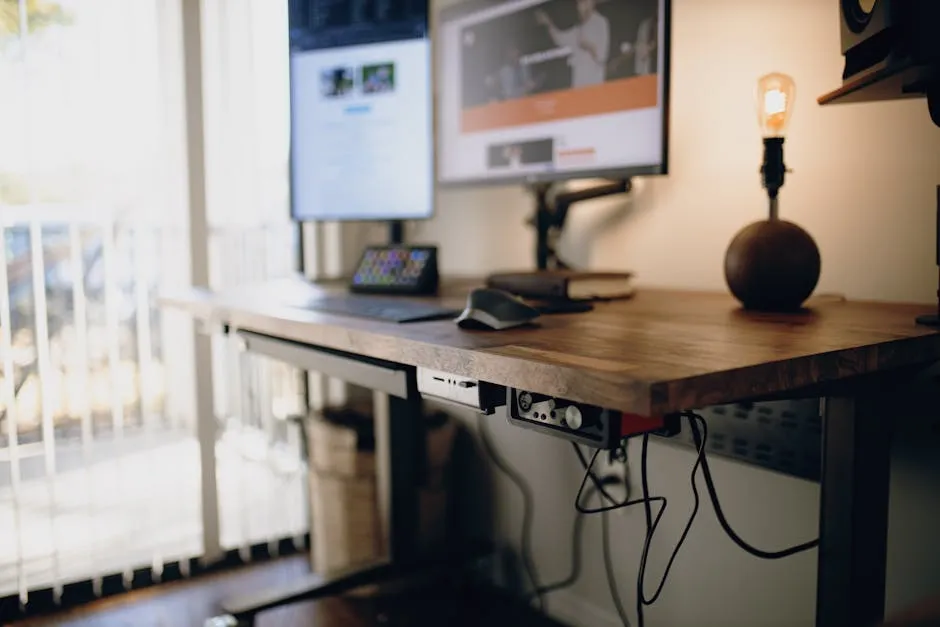
All images from Pexels




